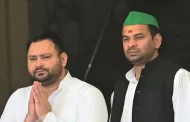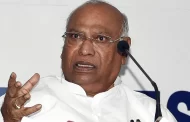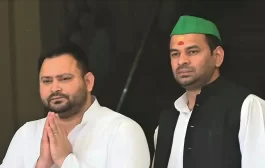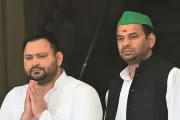The Centre’s reply to Shashi Tharoor’s parliament question on high-profile bank fraud cases was 568 words long – but conveniently failed to share the names of the scamsters.

The ‘Raghuram Rajan list’ of “high profile” bank fraud cases – against whom the former Reserve Bank of India governor wanted a “coordinated” criminal investigation – continues to haunt the Prime Minister’s Office and Ministry of Finance, with the government refusing to reveal either the names of the individuals and entities involved or specific details of the action taken.
In written testimony to parliament’s Estimates Committee, Raghuram Rajan had said he had sent a list of fraudsters to the PMO. The date of the letter, it subsequently emerged, was February 5, 2015.
Apart from stonewalling queries from the Estimates Committee despite three reminders as well as orders from the Central Information Commission, the government has now dodged a pointed parliament question on the subject.
Senior Congress leader Shashi Tharoor submitted a set of questions on the Rajan list in parliament seeking details of the names of the entities/individuals on Rajan’s list and the dates on which the government sought an urgent probe from the CBI or any other investigative agency.
Specifically, Tharoor asked:
(a) whether the Government has received a list of high profile cases of bank fraud from former Governor of the Reserve Bank of India;
(b) if so, the details thereof and the date on which the list was sent to the Government and the names of the persons or entities mentioned in the list;
(c) whether the Government referred the list for urgent investigation to the CBI or any other investigation agency, if so, the details thereof, including the date on which it was sent to the concerned agency; and
(d) if not, the reasons therefor?
The Modi government gave a written reply on December 14 that ran to 568 words, but conveniently failed to share the most important bit of information the MP had sought – the names of the scamsters on the Rajan List.
The question was originally put to the prime minister; however the Lok Sabha Secretariat allotted it to the finance minister. In response to Tharoor’s specific query seeking the ‘Rajan List’ names and the details and dates of action taken, the MoS for Finance simply stated:
“The then Governor, RBI had written to the Government about large value banking fraud cases in February, 2015.
“In all the cases referred to by the former Governor RBI, cases have been registered by Central Bureau of Investigation (CBI)/ Enforcement Directorate (ED).”
The reply then goes on to detail the steps taken by the Modi government at a general level on the issue of bank NPAs and frauds but avoids talk of specific cases.
Once a case is registered in a bank fraud case, that information should any way be in the public domain, say lawyers and law enforcement officials, and the government ought to have no problem divulging the information sought by Tharoor, especially if, as the MoS stated, cases have been registered in all of the cases on Rajan’s list.
Says an MP who is a member of the Estimates Committee, “Why is the Modi government protecting frauds? What is this obstinate secrecy for criminals? And, if it has indeed acted, what is secret about the date when action was ordered?”
The government’s reluctance to provide the names of those against whom action has been taken is especially puzzling given that at least in nine of the cases believed to be on the list, the PMO is reported to have written to the ED on February 25, 2015 asking for an ‘action taken report‘. In some of these cases, action was eventually taken, albeit belatedly.
There is speculation that as many as 22 names were given to the PMO, including those of businessmen and entities close to Narendra Modi and his government. If this is untrue, the government can easily put an end to all speculation by releasing Rajan’s letter with the names of those against whom he had sought a probe. Why the PMO has chosen not to follow this path is another one of those questions begging an answer.
source: TheWire







































